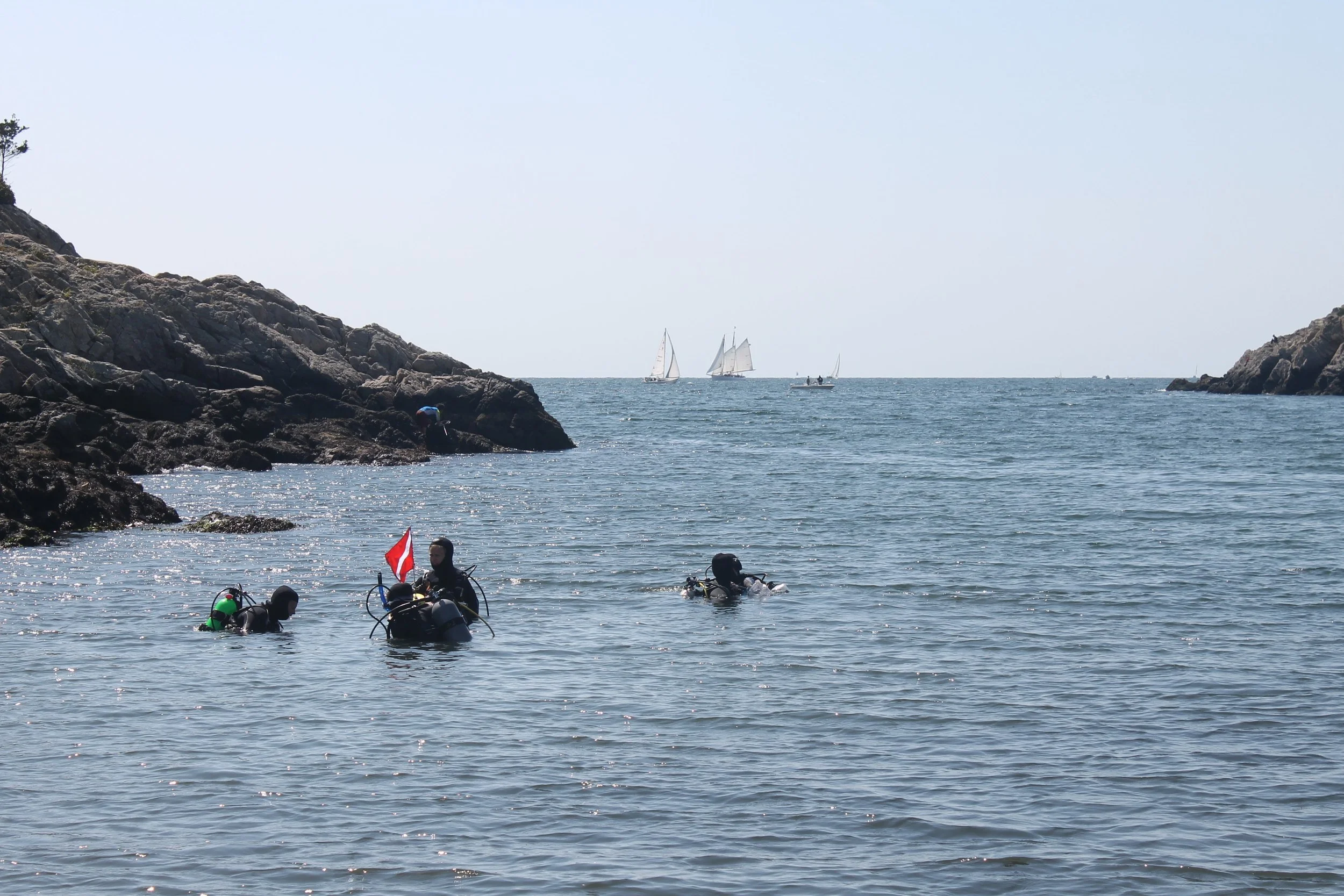The Gulf Stream Orphan Project hopes to aggregate data about this phenomenon on a regional scale.
Building a Network of Naturalists
Citizen Science Reports of Gulf stream orphans to inaturalist from 2016-2020. Reporting frequency has been growing Year over year as community science engagement in general increases and the GSO network expands.
Data submitted by community scientists including scuba divers, dive clubs, and fish hobbyists as well as universities, aquariums, and marine research institutions will contribute to our greater understanding of Gulf Stream Orphans and their distribution. For years these groups have used GSOs for personal aquariums, exhibits, and research, but documenting sightings and geographic distribution of these species is largely anecdotal. Compiling a database of these occurrences will aid in the comprehensive understanding of the GSO phenomenon. Information regarding the distribution and incidence of expatriated subtropical and tropical finfishes may help our understanding of the coastal ecology of the Northeast U.S.
Additionally, gathering this data will help increase sustainable collecting by marine research institutions, by showcasing these fishes that will otherwise not survive. Public exhibition of these fishes provides the visitor a glimpse of their exceptional journey north, an introduction to oceanographic concepts and hopefully increases environmental awareness and interest in conservation efforts.
Community science initiatives like the GSO Project and collaboration with a variety of reporting entities provides an opportunity for data accumulation that has previously been unattainable. As technology improves our abilities to document and verify wildlife sightings, we can start to look at broad datasets and attempt to answer complex ecological questions.


